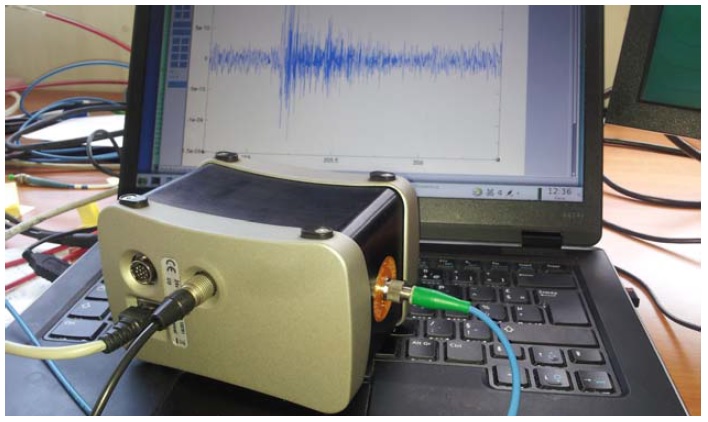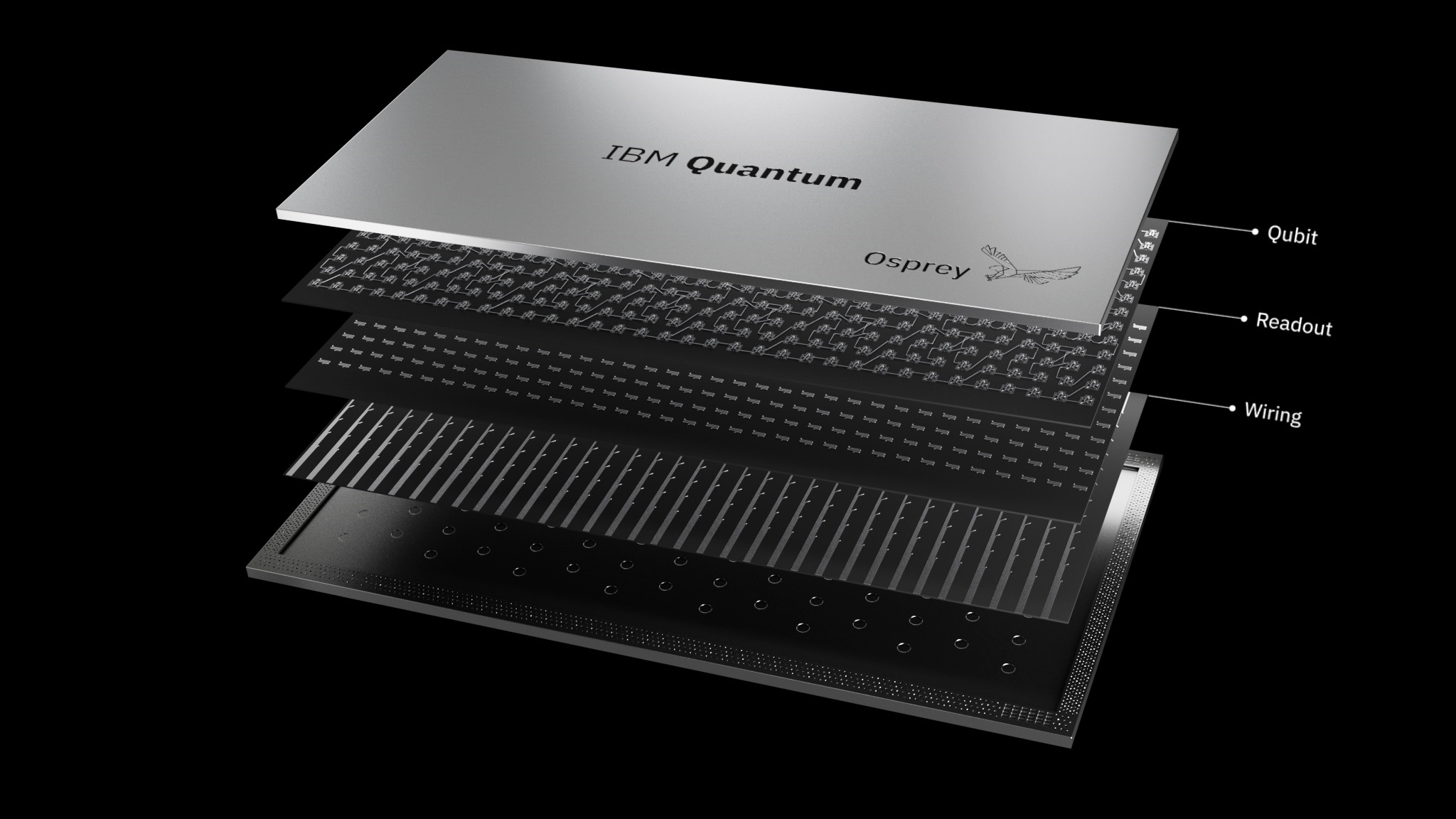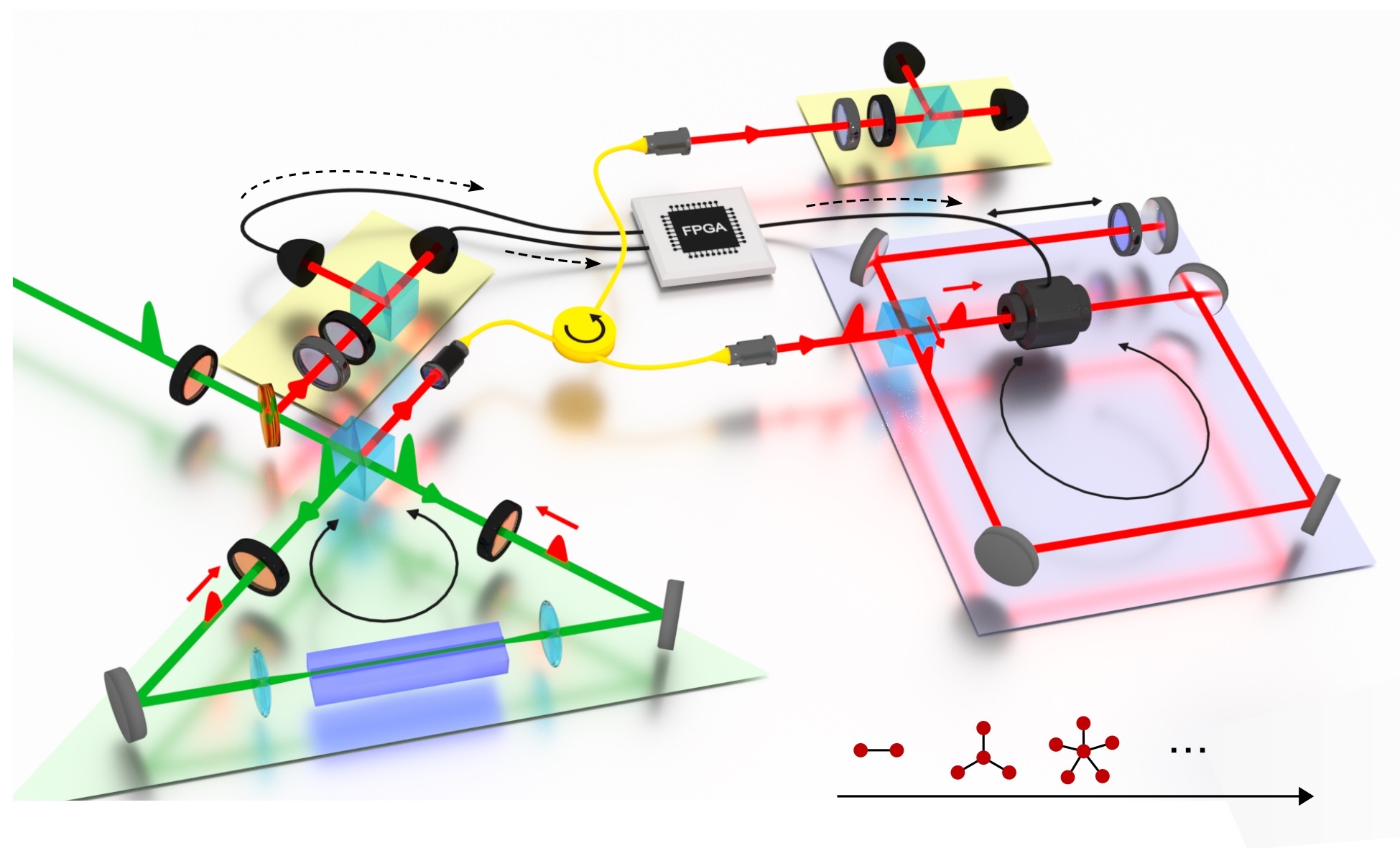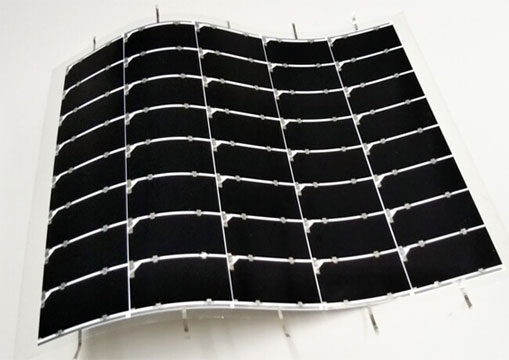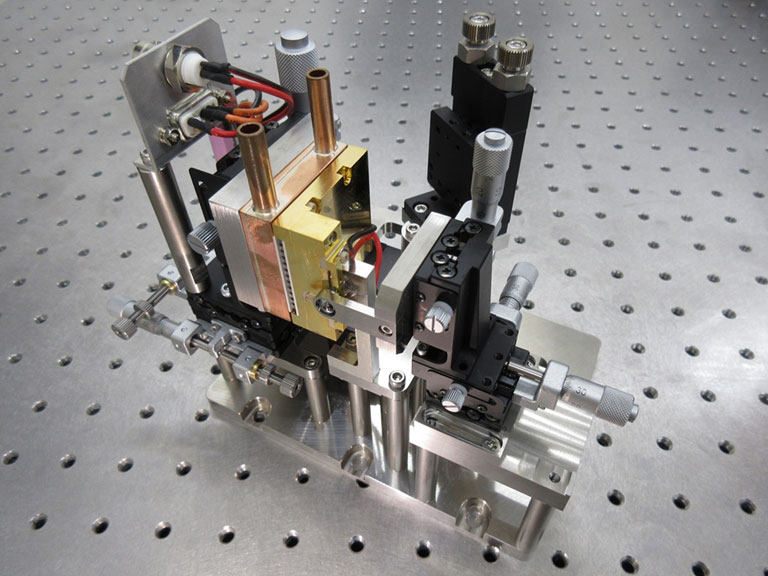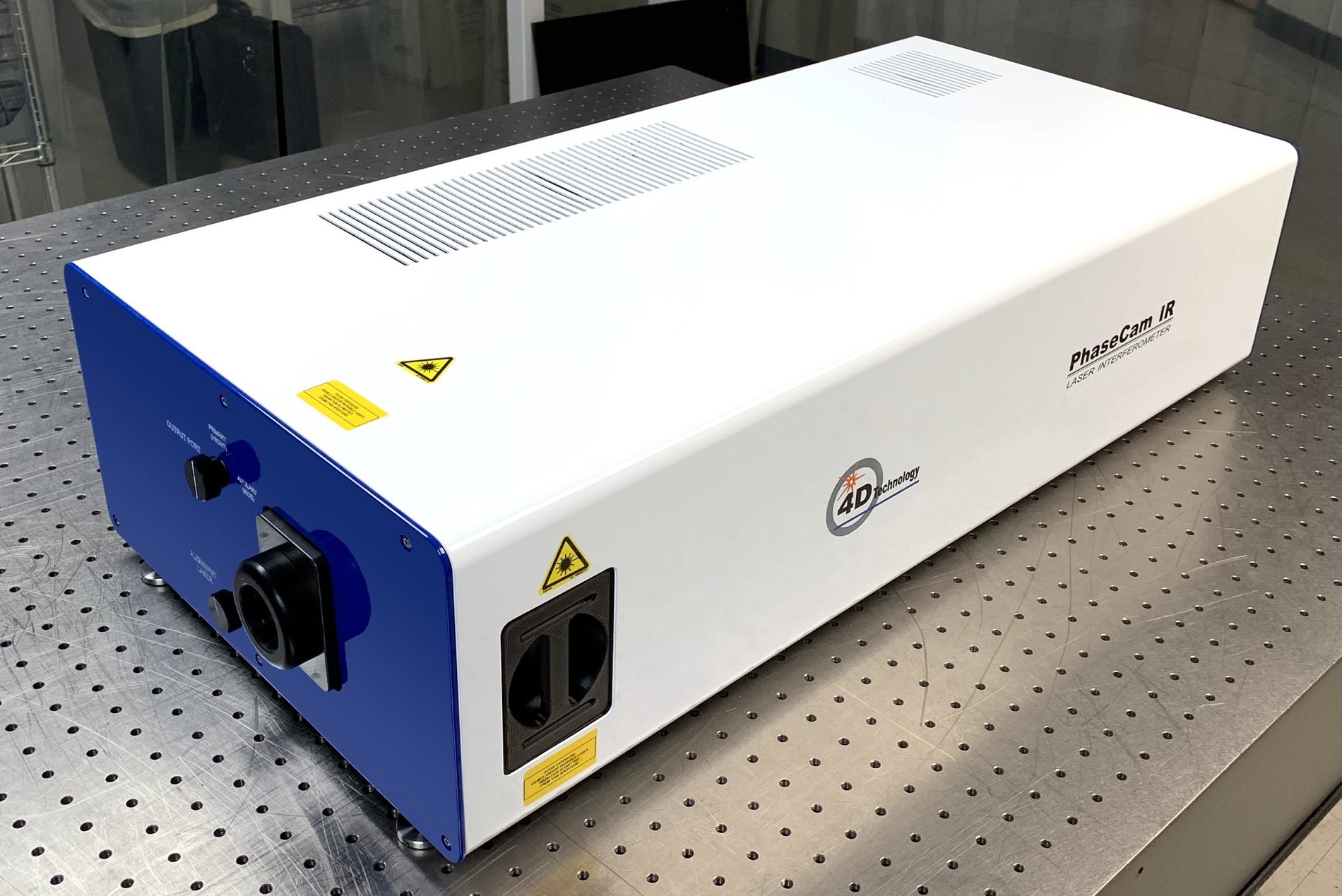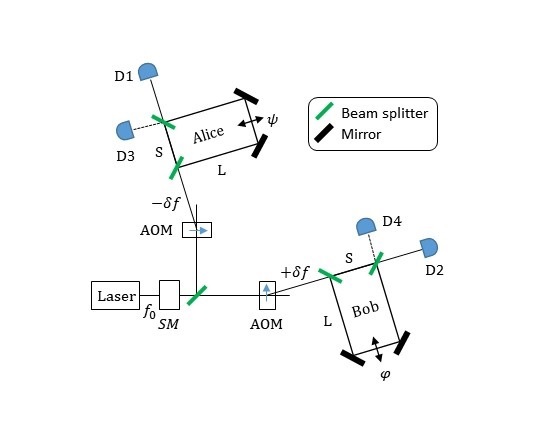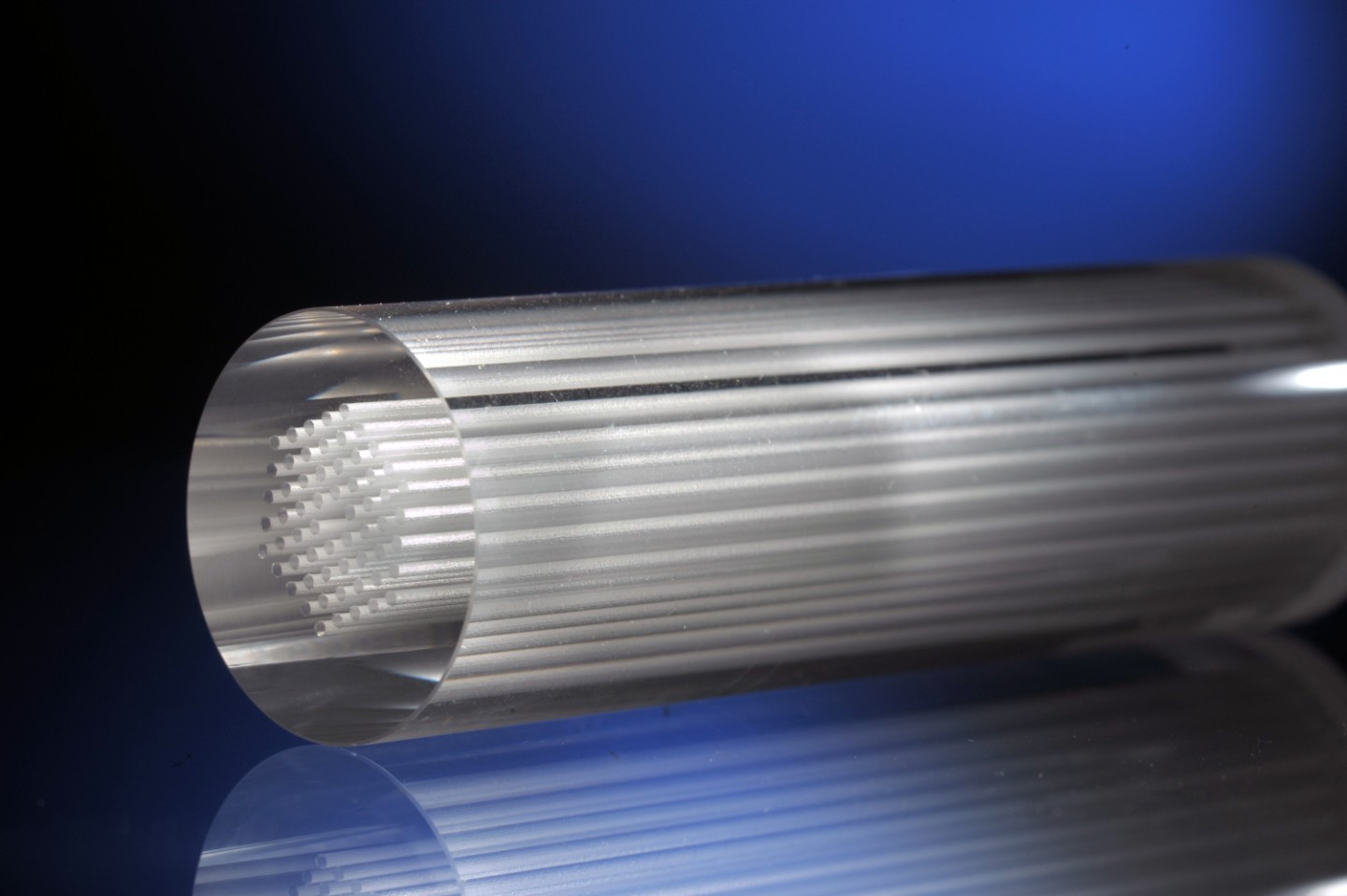23 APRIL 2015
The world's smallest spectrometer has successfully measured tiny deformations of the Earth's crust, of the order of one millimeter, over a length of one thousand kilometers. Researchers at the Institut des Sciences de la Terre (CNRS/Université Joseph Fourier/IRD/IFSTTAR/Université de Savoie) and the Institut de Planétologie et d'Astrophysique de Grenoble (CNRS/Université Joseph Fourier) used the SWIFTS1 spectrometer to detect these as yet poorly understood movements. Their work2 is published on 23 April 2015 in the journal Optica.
Earthquakes are not the only phenomena to deform the Earth's crust. Yet slower, more continuous deformations — such as those caused by Earth tides or by slow earthquakes — are sometimes difficult to detect using large-scale techniques like GPS or seismic sensors. Researchers therefore tested the ability of the SWIFTS spectrometer to spot these tiny movements.
The team carried out the measurements at the Low Noise Underground Laboratory (CNRS/Université de Nice/Université d’Avignon), located in a former nuclear missile firing station on the Plateau d'Albion in southern France. The exceptional conditions at the site allow accurate research to be carried out, shielded from variations in pressure and temperature at a depth of three hundred meters underground. As a result, the system used was able to measure deformation, notably caused by Earth tides, at a resolution of one part per billion. This is equivalent to a variation of one millimeter over a length of one thousand kilometers. As well as measurements related to Earth tides, the instrument also measured a signal from the 2014 Iquique earthquake in Chile.
The system works by using white light that travels through a fiber and is reflected by two Fabry-Pérot interferometers3, each of which is made up of two Bragg gratings. A Bragg grating is a microscopic mirror inside an optical fiber, obtained by treatment with ultraviolet light. This series of reflections only transmits certain wavelengths to SWIFTS. The spectrometer can then determine, in a fraction of a second, the relative position of the two mirrors to the nearest nanometer, thus making it possible to assess the extent of the deformation.
The SWIFTS spectrometer was developed by Resolution Spectra System, a start-up company stemming from research carried out at Joseph Fourier University in Grenoble. The extremely small size of the spectrometer, 30 x 1.5 x 1.5 millimeters, means that measurements can be taken using an instrument the size of a matchbox. This could eventually make it possible to set up a network of sensors in areas of tectonic activity or on volcanoes. Studies carried out on the 1999 Izmit earthquake in Turkey and the 2011 Tohoku-Oki earthquake in Japan revealed the existence of slow precursory displacements before the main quake. This is precisely the type of phenomenon that SWIFTS can measure, which could contribute to forecasting the onset of such natural disasters.
Reference:
Fabry–Perot optical fiber strainmeter with an embeddable, low-power interrogation system. Olivier Coutant, Mikhael De Mengin and Etienne Le Coarer. Optica, 23 April 2015.
http://www.opticsinfobase.org/optica/abstract.cfm?uri=optica-2-5-400
1 Stationary-wave integrated Fourier transform spectrometer
2 Carried out as part of labex OSUG@2020 at the Observatoire des Sciences de l’Univers, Grenoble.
3 Interferometry is a measurement method that makes use of interference between several waves.

